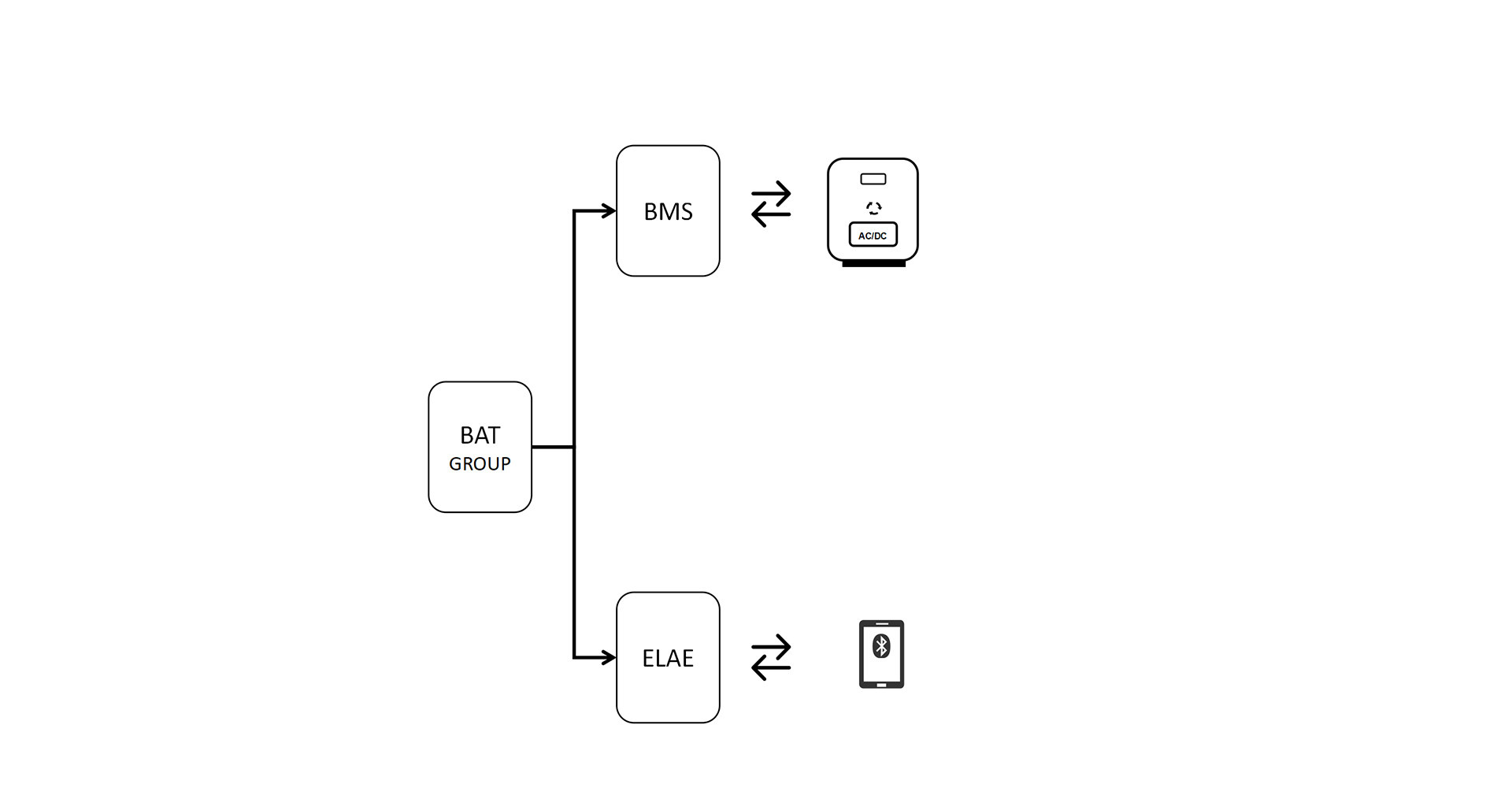For battery packs, balance is an eternal topic because battery cells are always used in series and parallel.
At present, there are two main types of equilibrium schemes, passive equilibrium and active equilibrium, each with its own advantages and disadvantages. The specific use needs to be combined with the actual situation.
Passive balancing is widely integrated into BMS due to its low cost and simple solution, but its balancing ability is generally weak, less than 100mA, making it very suitable for battery cells within 3 years. The widespread integration design of passive balancing also indicates that it is very suitable for the initial investment in battery packs. Currently, Enjie Electronics' conventional BMS boards all integrate passive balancing function.
Active balancing is relatively complex and costly, but its balancing ability is strong (generally 200mA to 5A), making it more suitable for cells that have already experienced attenuation.
In terms of active balancing design, active balancing can be divided into two directions:
1) Integrated on the BMS board, with relatively weak balancing current, typically around 1A;
2) External independent balancing board, with strong balancing ability, generally above 1A.
Enjie Electronics' active balancing scheme is an external independent balancing board with an average current of 3A and strong balancing ability. In addition, the design of an external independent balancing board also avoids significant upfront investment for end customers. In addition, this board integrates Bluetooth function, allowing customers to easily use Bluetooth for information acquisition and control.
